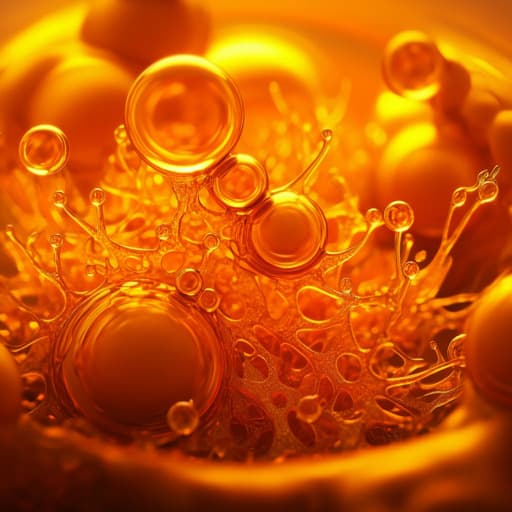
Medicine and Health
Exclusive Human Milk Diet for Extremely Premature Infants: A Novel Fortification Strategy That Enhances the Bioactive Properties of Fresh, Frozen, and Pasteurized Milk Specimens
R. K. Philip, E. Romeih, et al.
Discover how researchers Roy K Philip, Ehab Romeih, Elizabeth Bailie, Mandy Daly, Kieran D Mcgourty, Andreas M Grabrucker, Colum P Dunne, and Gavin Walker analyzed the bioactive components of human milk, revealing that donor human milk falls short in fortification compared to mothers' own milk. They found that freshly expressed milk fortified with a human milk-derived fortifier may offer the best nutrition for extremely premature infants.
~3 min • Beginner • English
Related Publications
Explore these studies to deepen your understanding of the subject.







